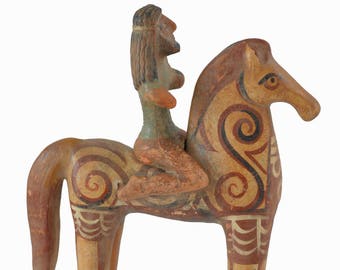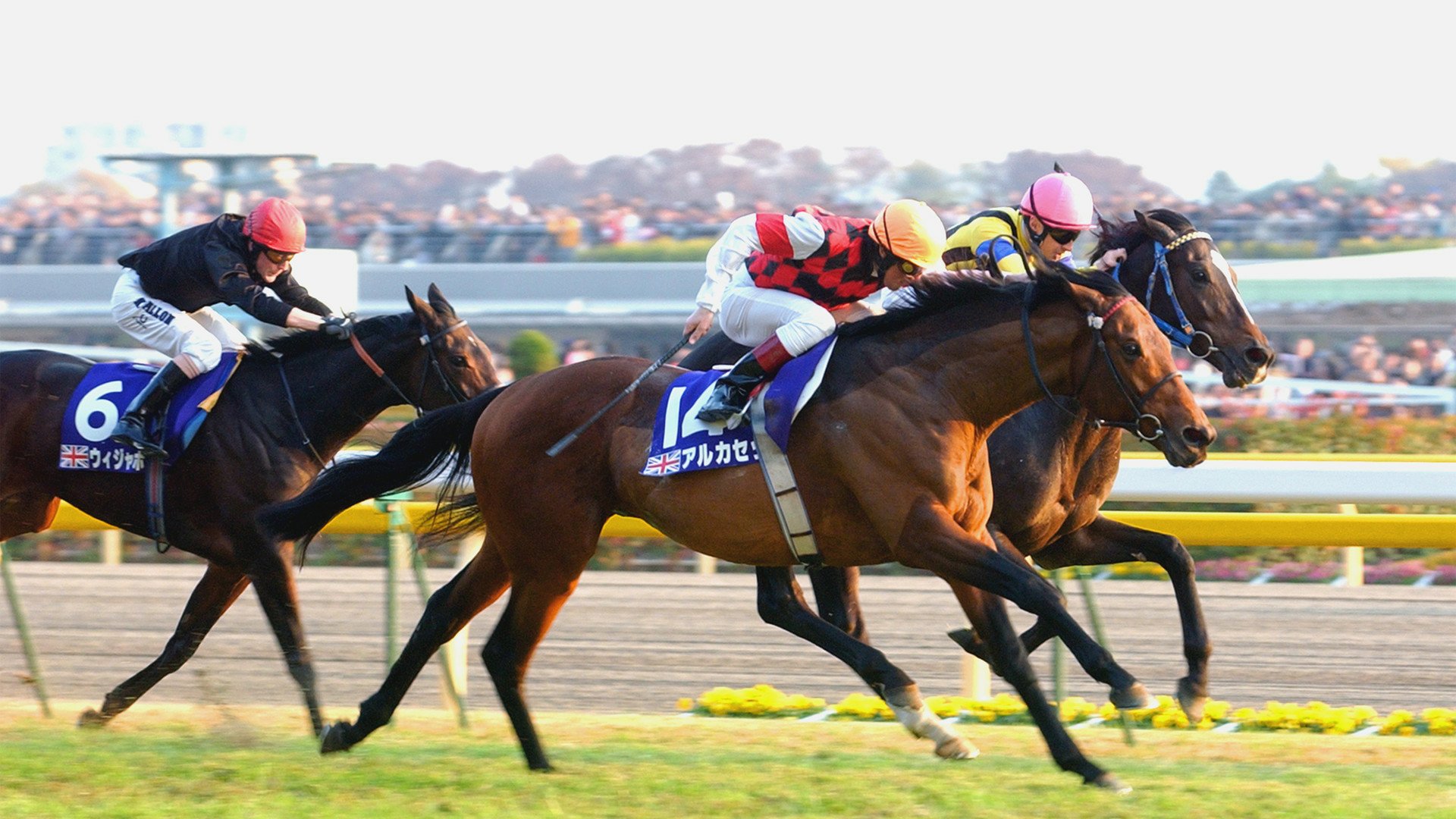

There are other costs that should have been. There are additional costs of the complicated deal that could not have been anticipated. Now everyone knows what some of us believed when the General Assembly approved the “historic” deal in 2020: The leadership of the General Assembly, in its haste to keep what Schmuck called Baltimore’s “Super Bowl” at Pimlico, pushed the deal through without adequate scrutiny. The stadium authority previously estimated the costs of demolishing and rebuilding Pimlico alone at $424 million.įormer Baltimore Sun sports columnist Peter Schmuck described the deal as “almost too good to be true.” It wasn’t almost too good to be true. Only a few months earlier the second leg in racing’s Triple Crown appeared poised to move from Pimlico to Laurel.Ĭity and state officials from Baltimore were almost giddy with excitement, expressing amazement that the cost of the ambitious plan to renovate Pimlico and Laurel and redevelop land in Park Heights bordering Pimlico was “only” $375 million. The deal was hailed as little short of a miracle. The mood is decidedly different from the atmosphere that prevailed when Baltimore officials and The Stronach Group, which owns both Pimlico and Laurel as well as the Preakness, announced that they had reached a deal. There has been no response so far from the governor or leaders of the General Assembly. It now appears that the deal must change, with a choice made between saving Pimlico or saving Laurel. The costs of renovating both tracks are prohibitive. The options going forward are limited and have been made even more expensive by the three years lost going in the wrong direction.
#Horae racing how to
The situation is dire enough that the stadium authority has suspended work on the project, even declining to demolish Pimlico’s decrepit grandstand as planned until it receives guidance from state officials on if and how to proceed.

The Maryland Stadium Authority delivered the latest bad news in January, reporting that the $375 million bond sale approved in the Racing and Community Development Act of 2020 may be as much as $350 million short of covering the costs of redeveloping Pimlico and Laurel. And there are no cheap or easy alternatives. The deal announced in October 2019 and approved by the General Assembly in 2020 to renovate both Pimlico and Laurel Park racecourses and keep the Preakness in Baltimore is in deep trouble. He can be reached at or on Twitter: future of horse racing in Maryland in general, and the fate of the Preakness Stakes in particular, hangs in the balance. The writer retired as Anne Arundel County Attorney in 2014. Jockey Charlie Marquez riding Da Winner Is races in the second race of the day at Laurel Park on March 15, 2020.


 0 kommentar(er)
0 kommentar(er)
